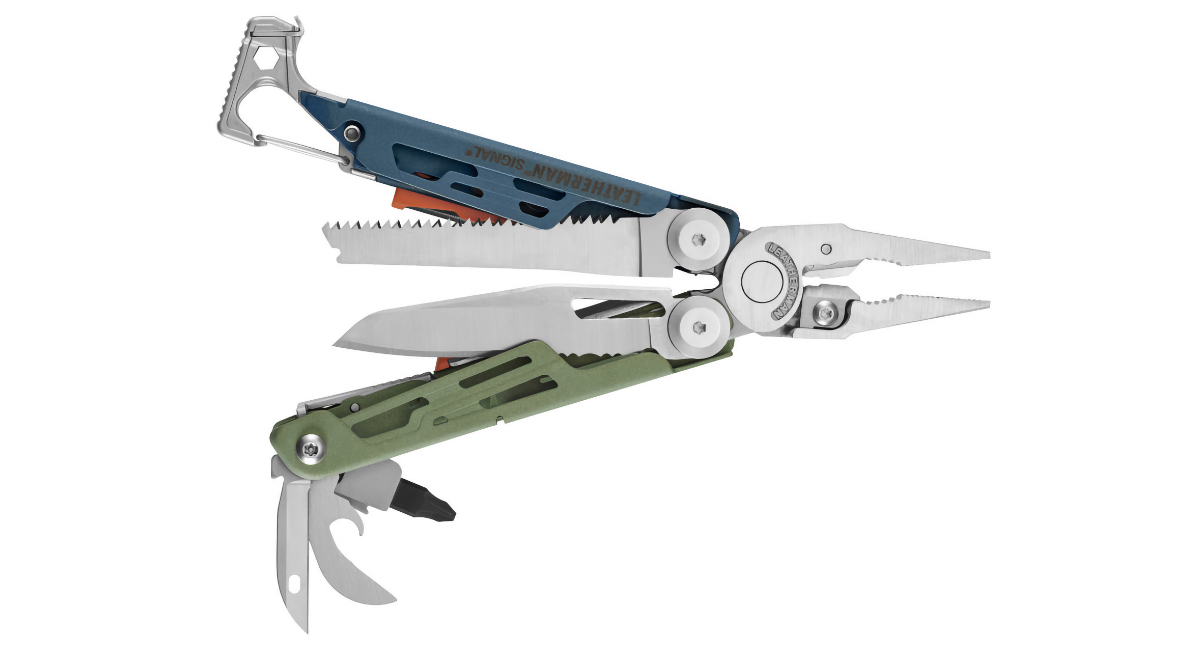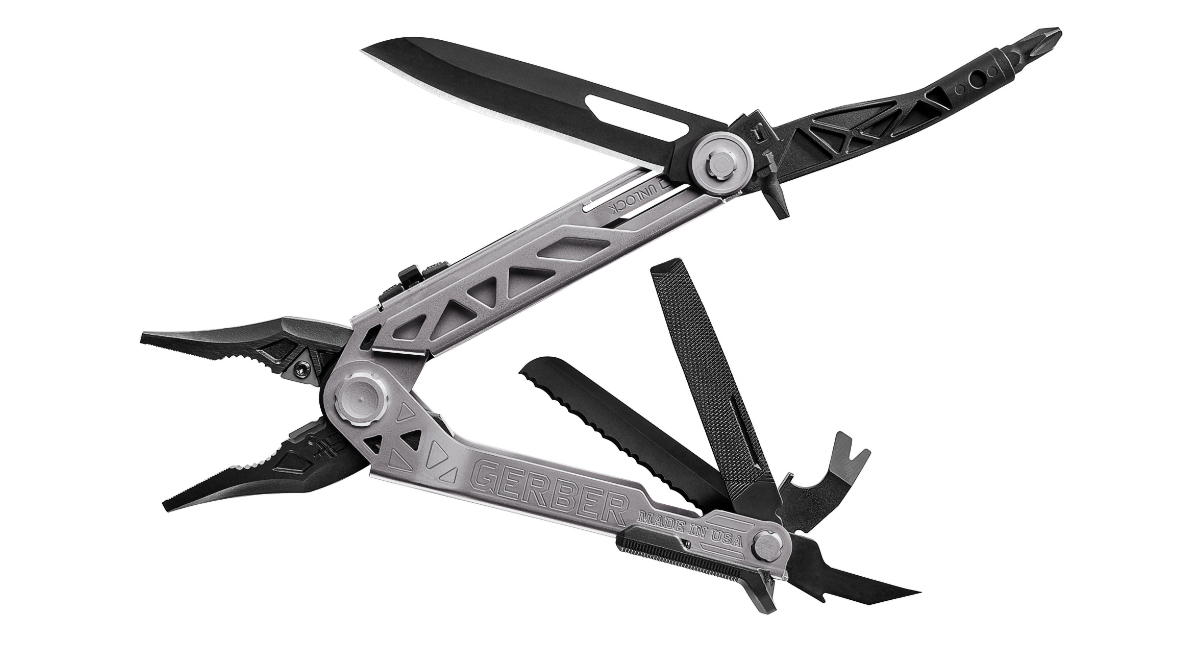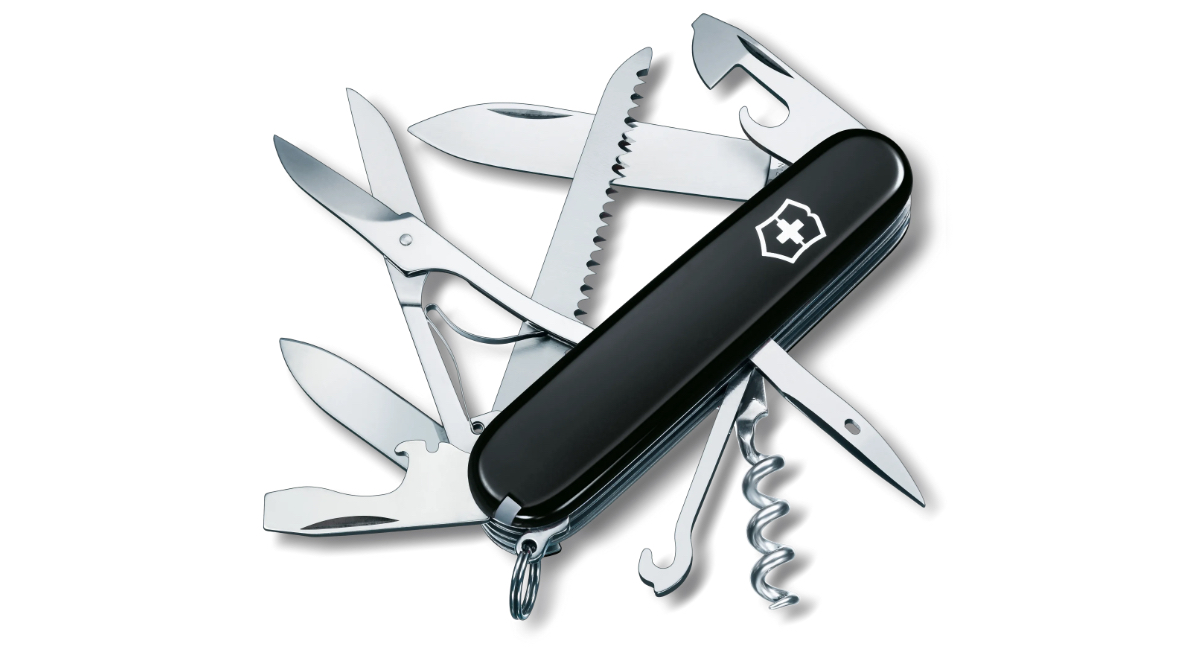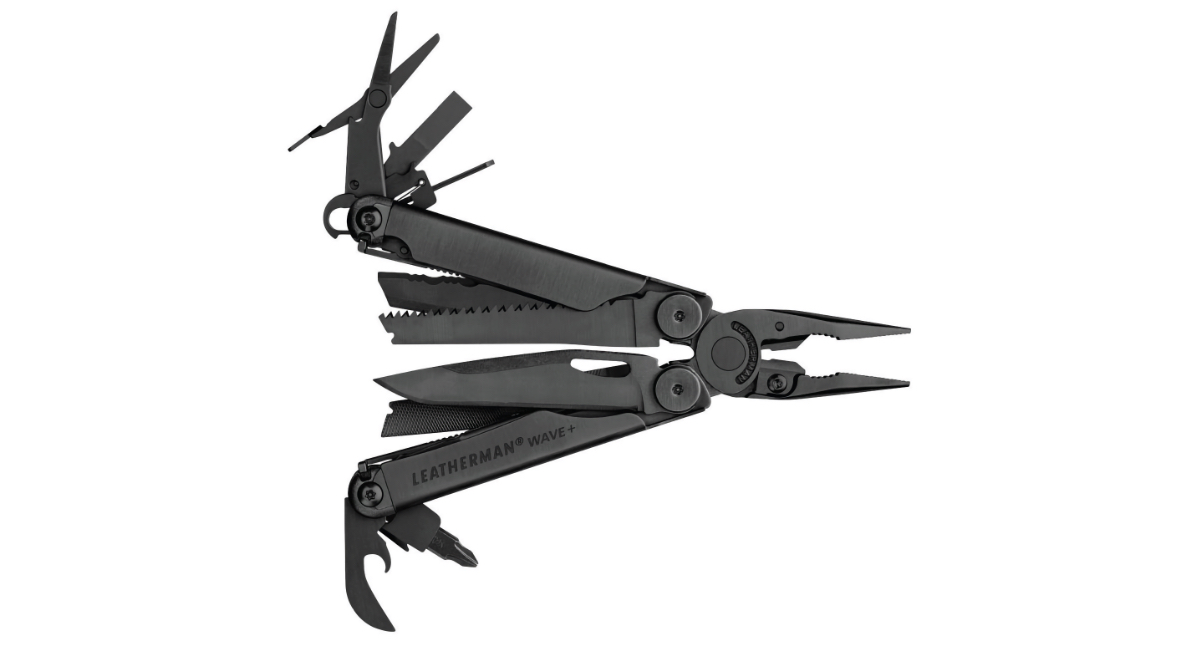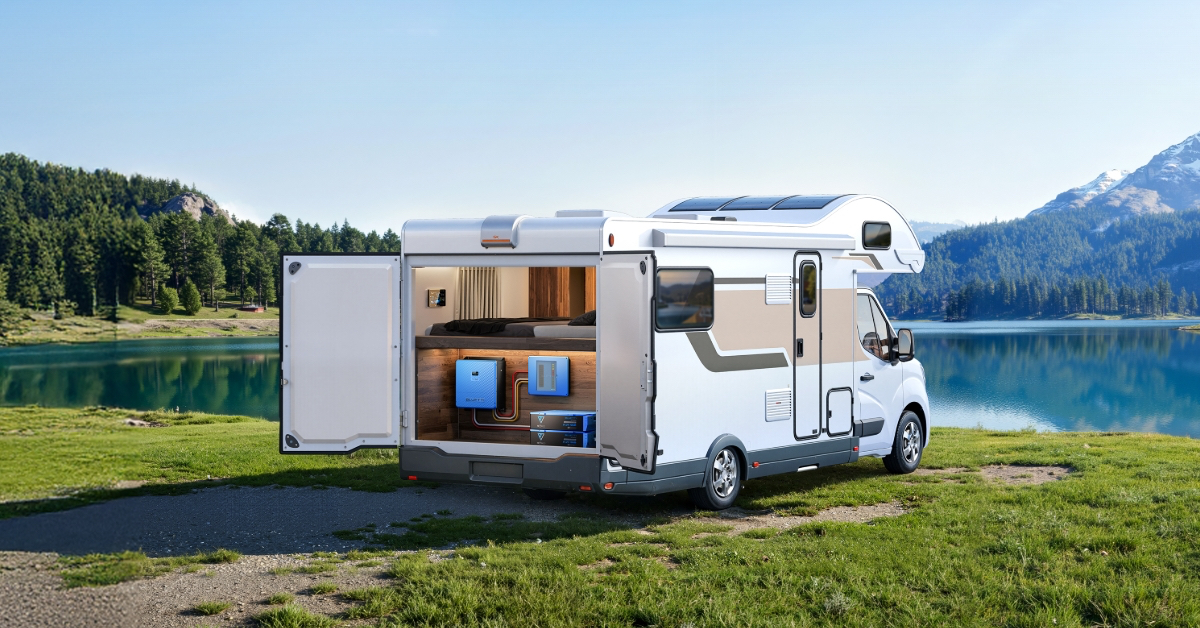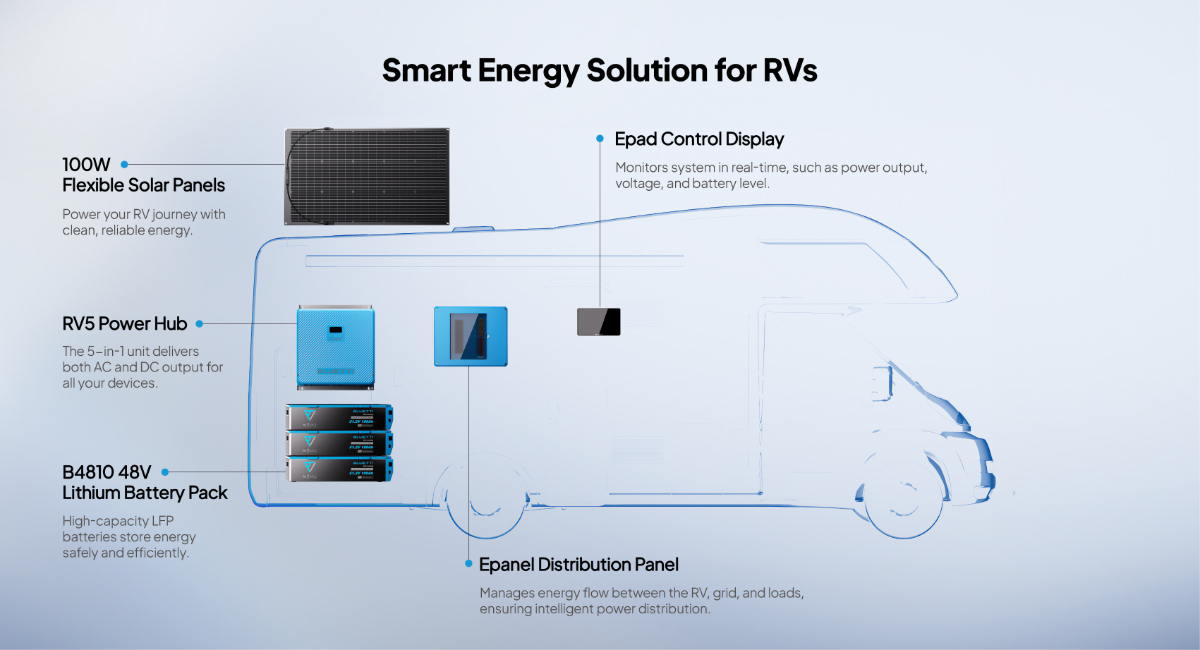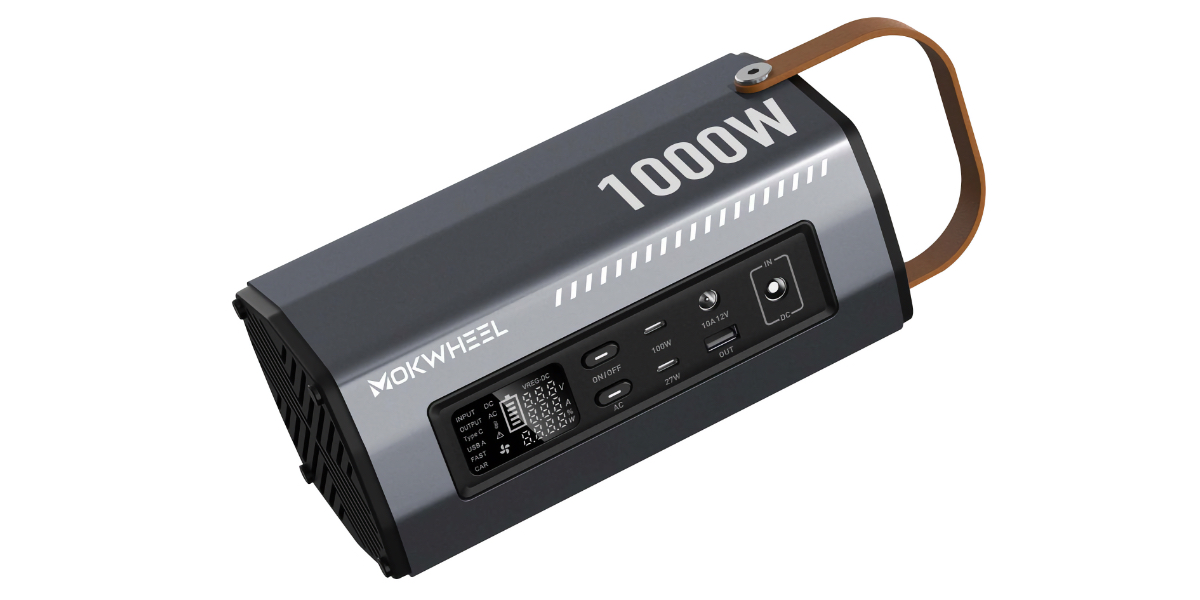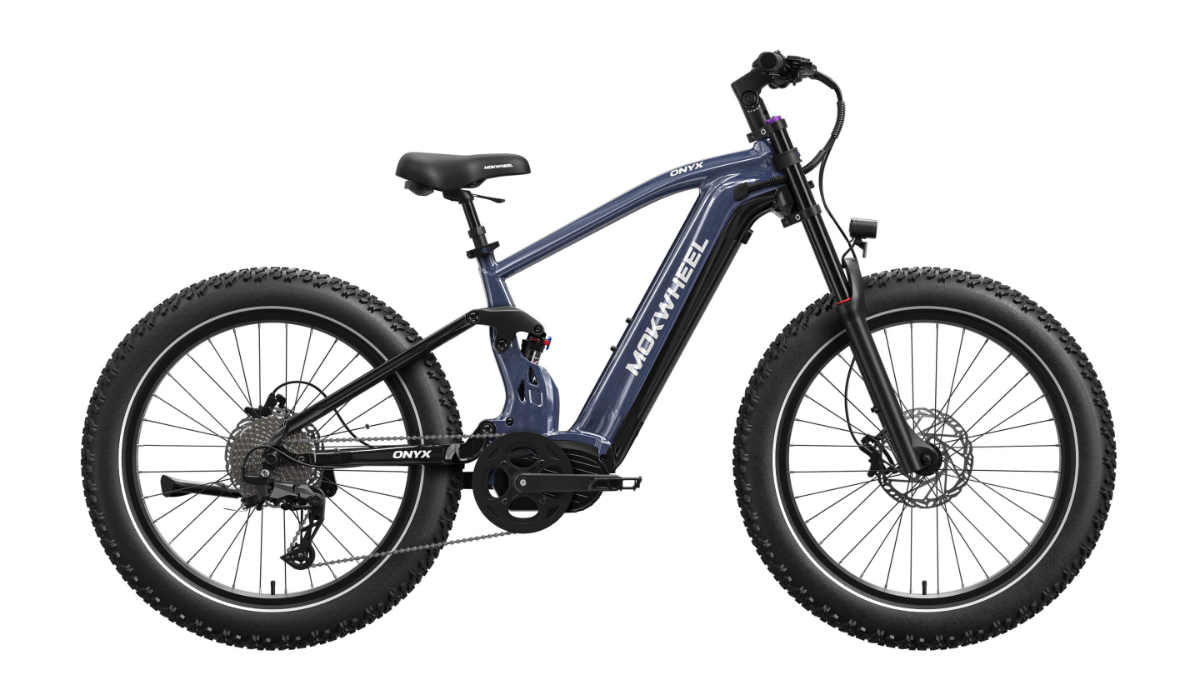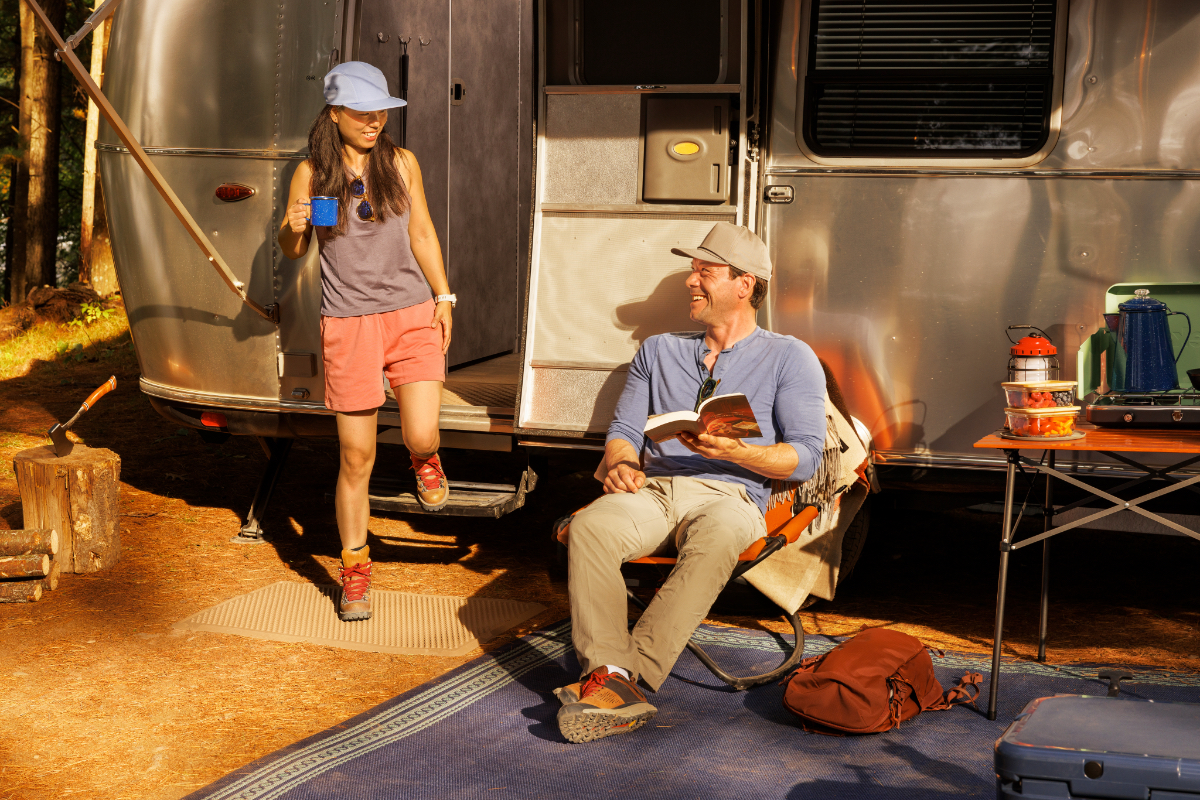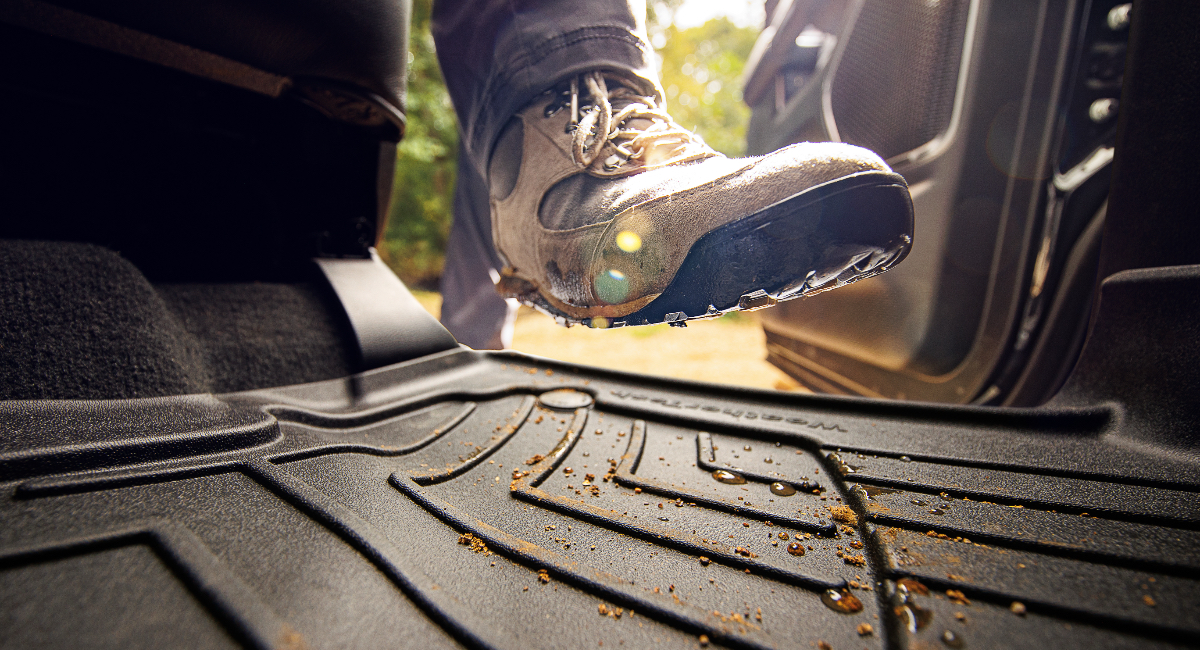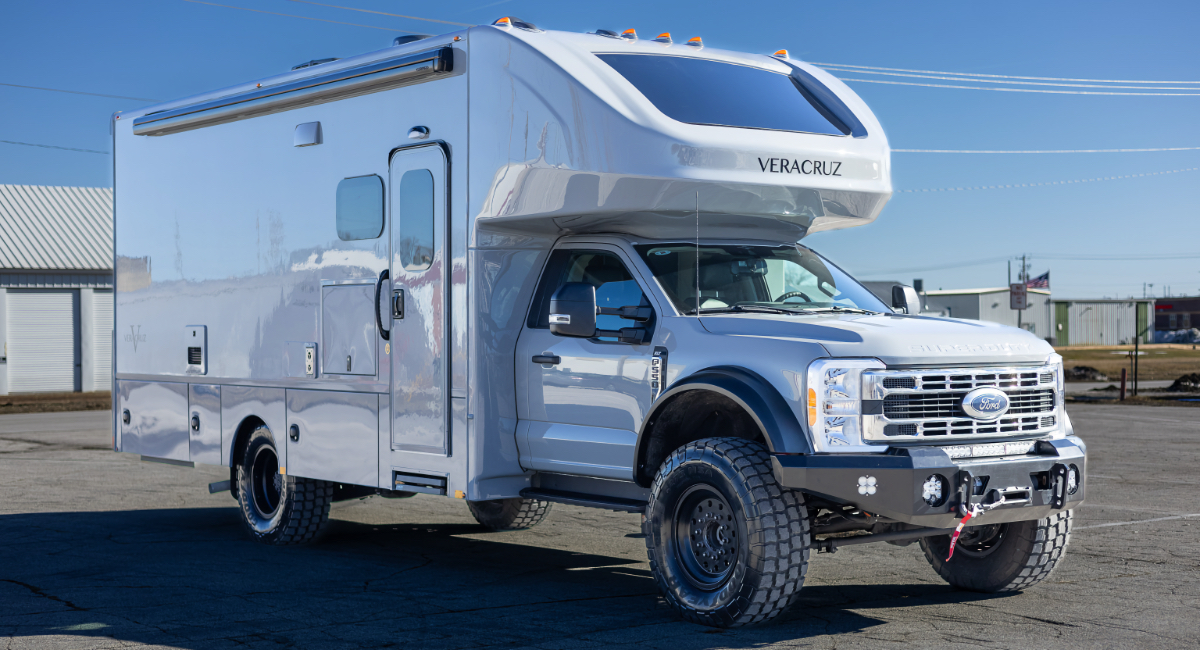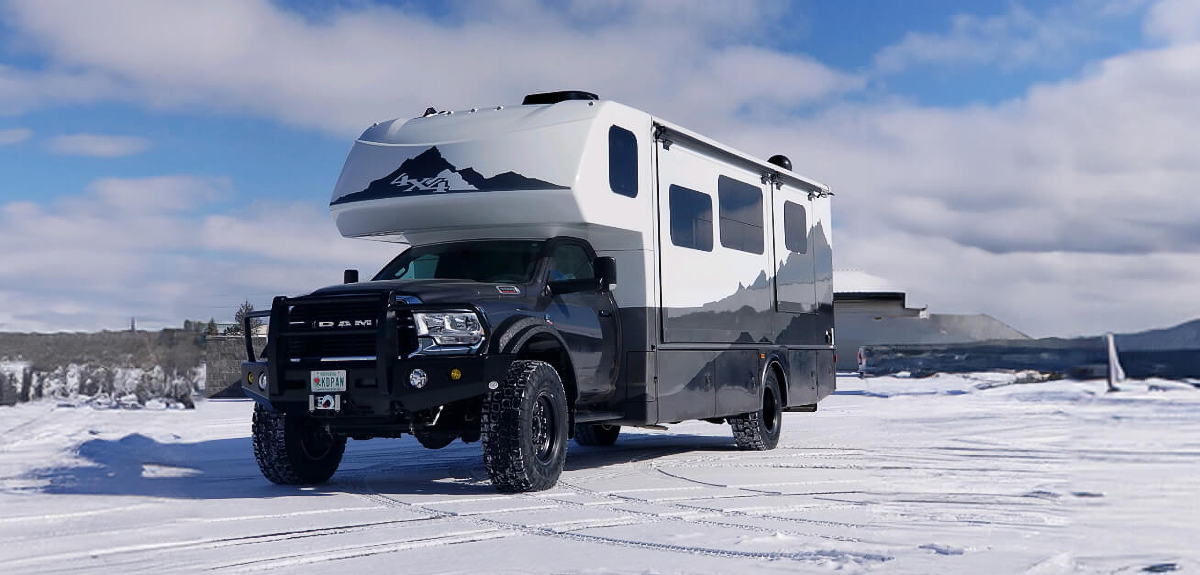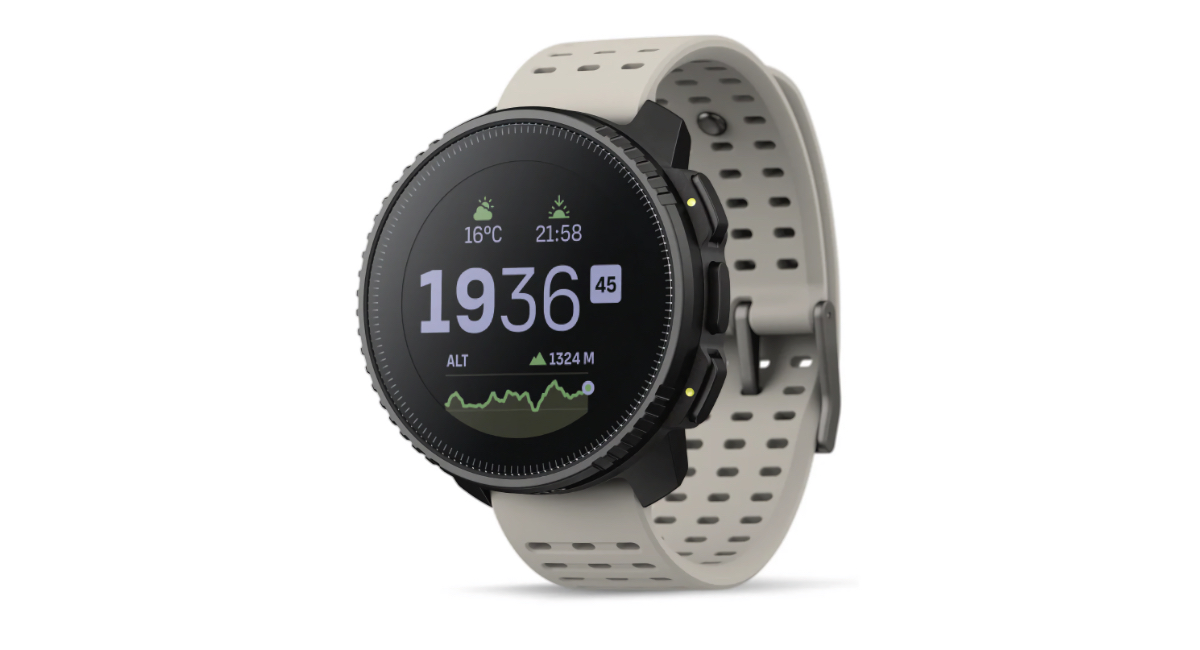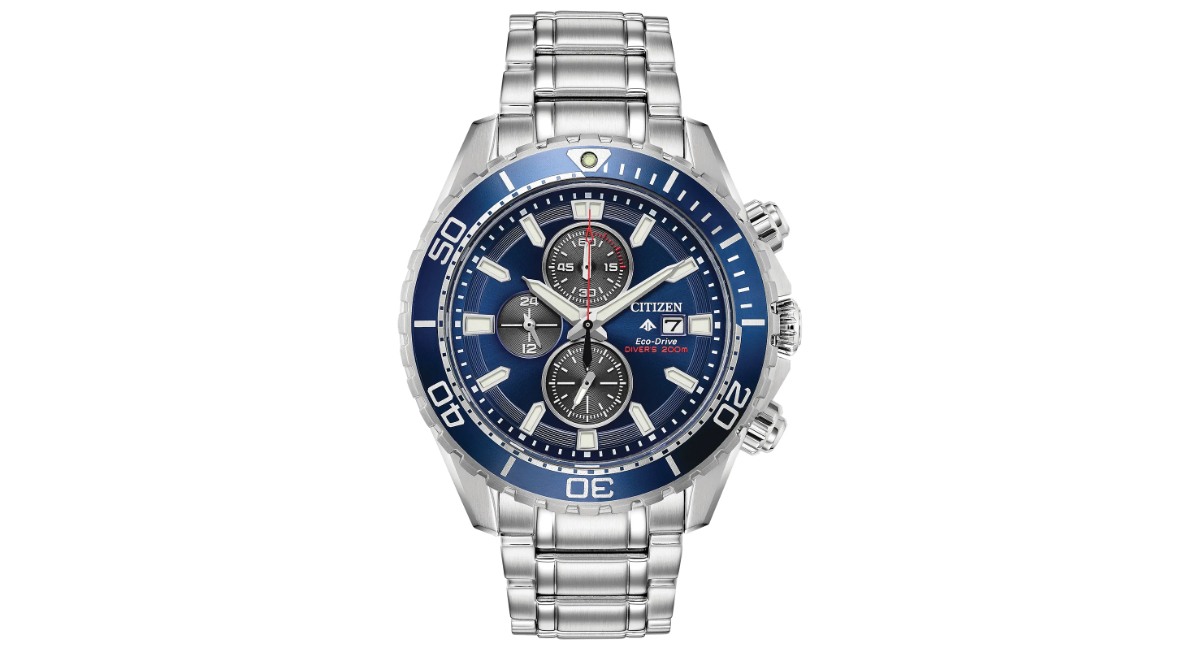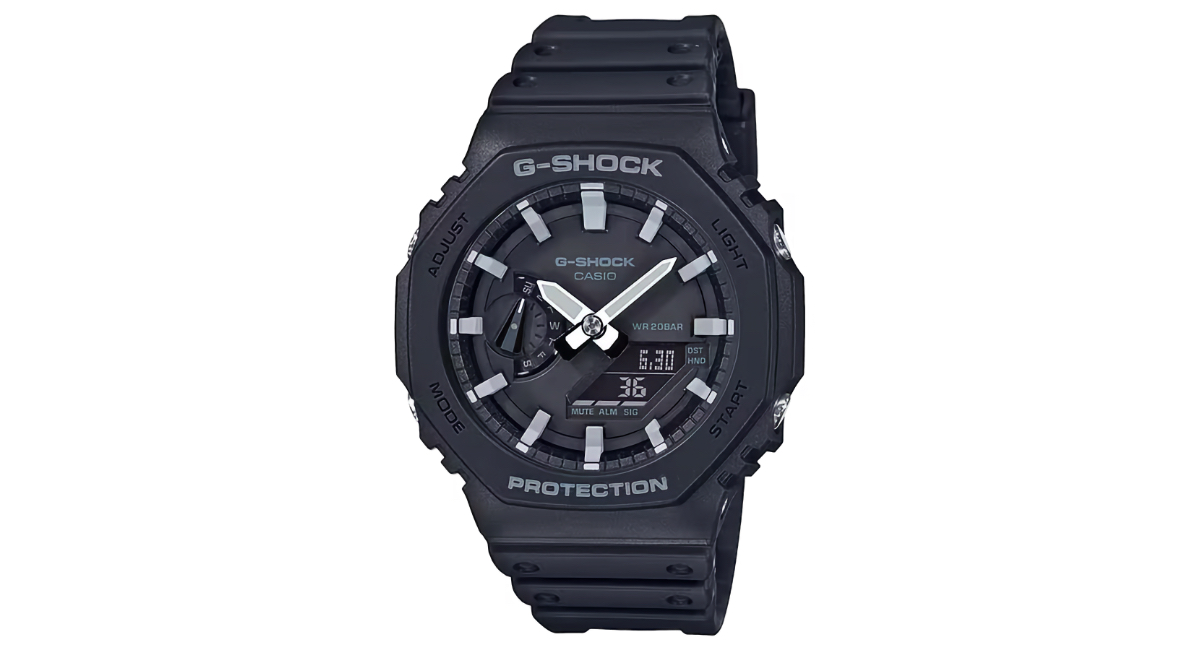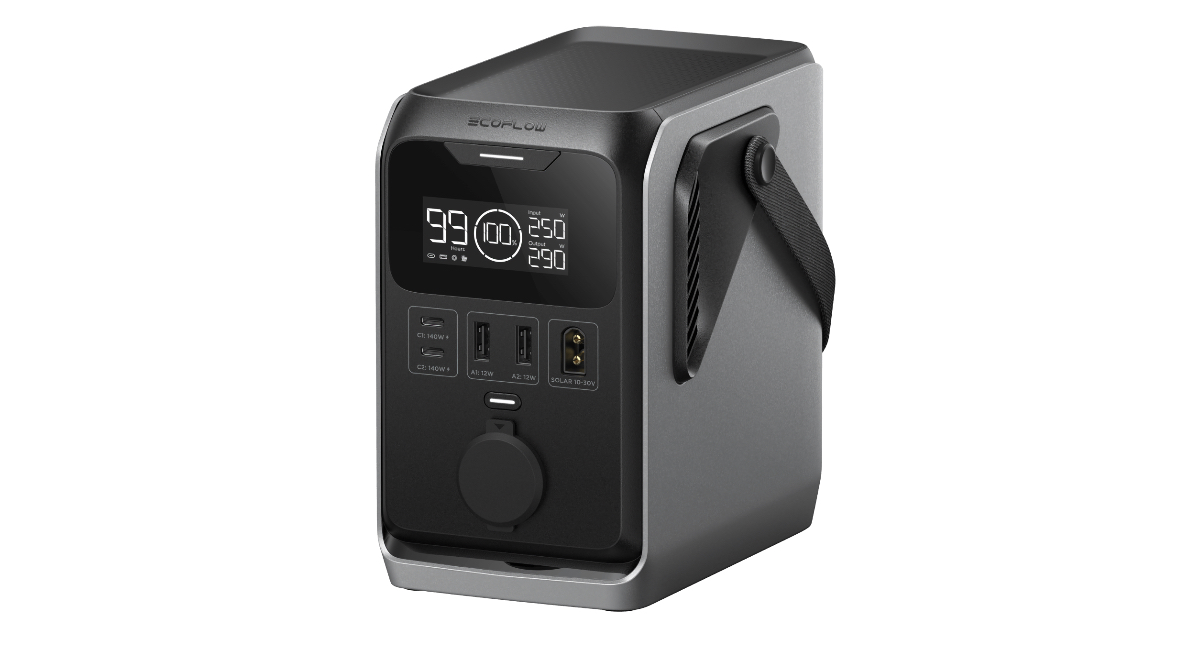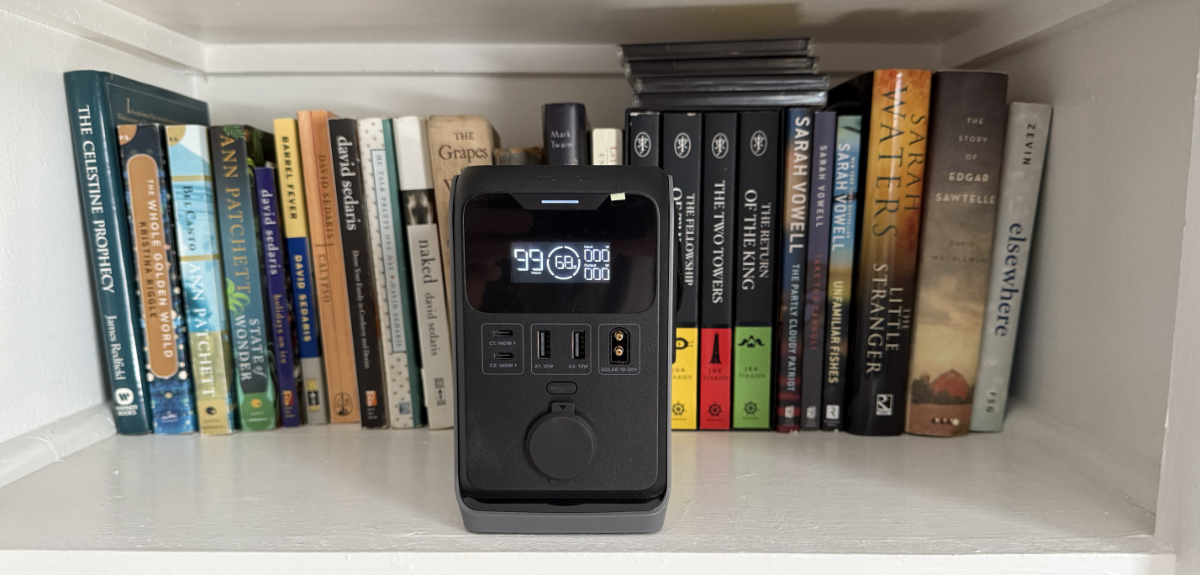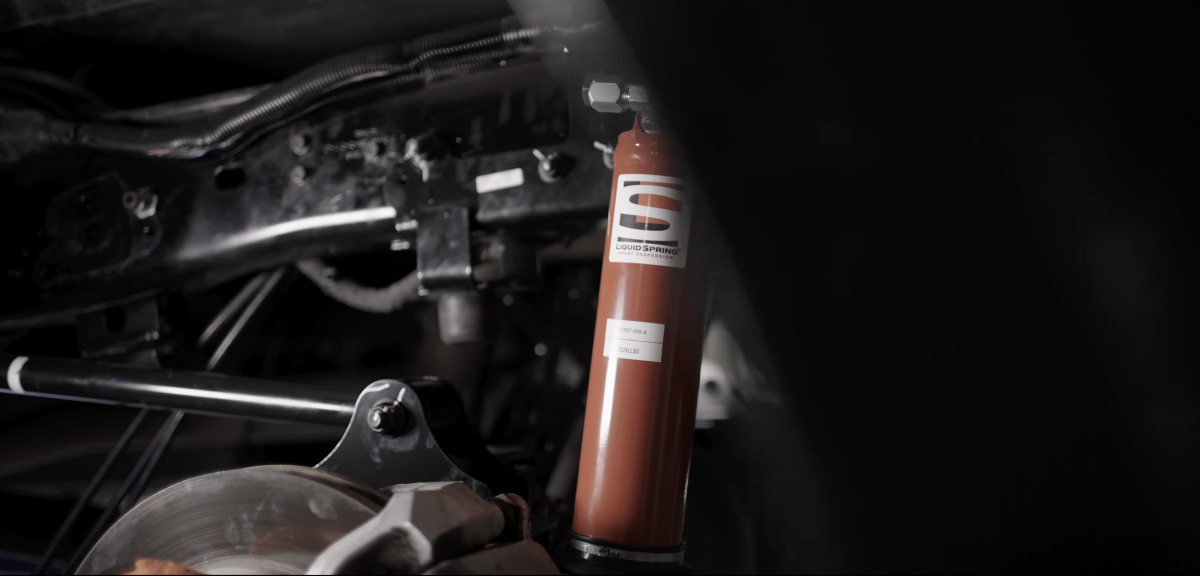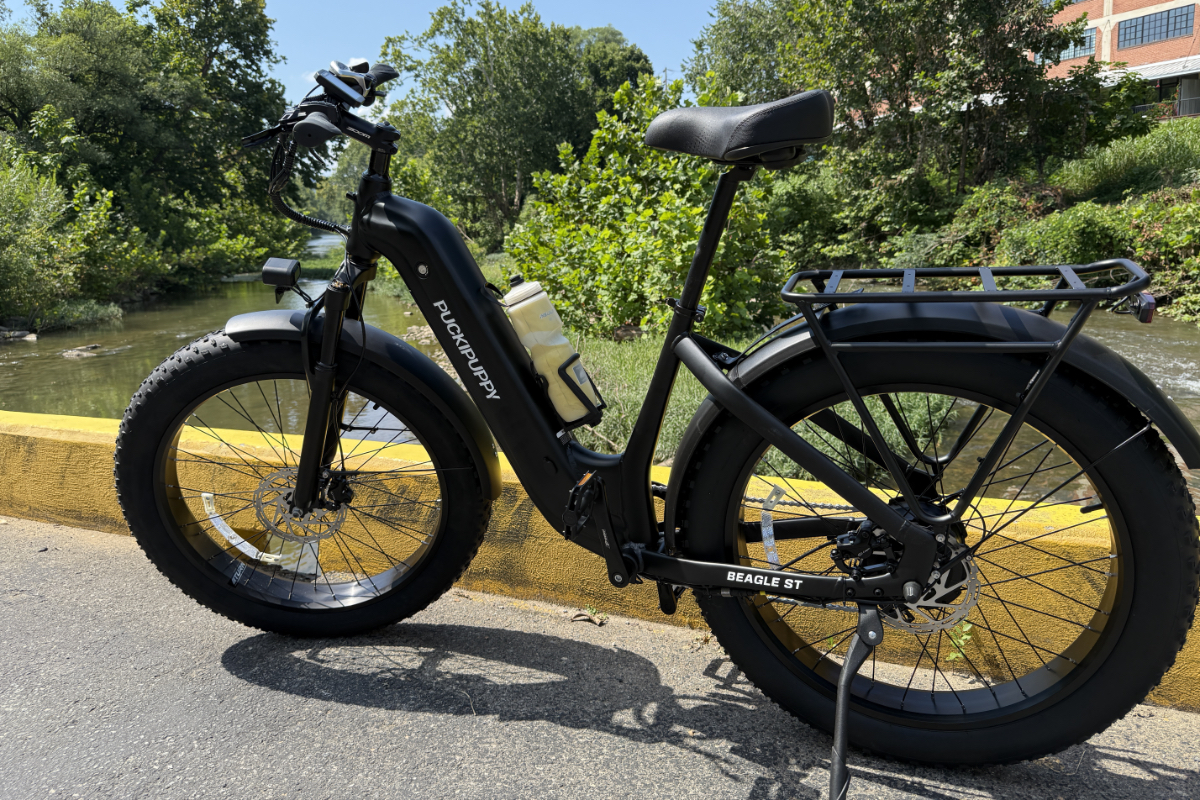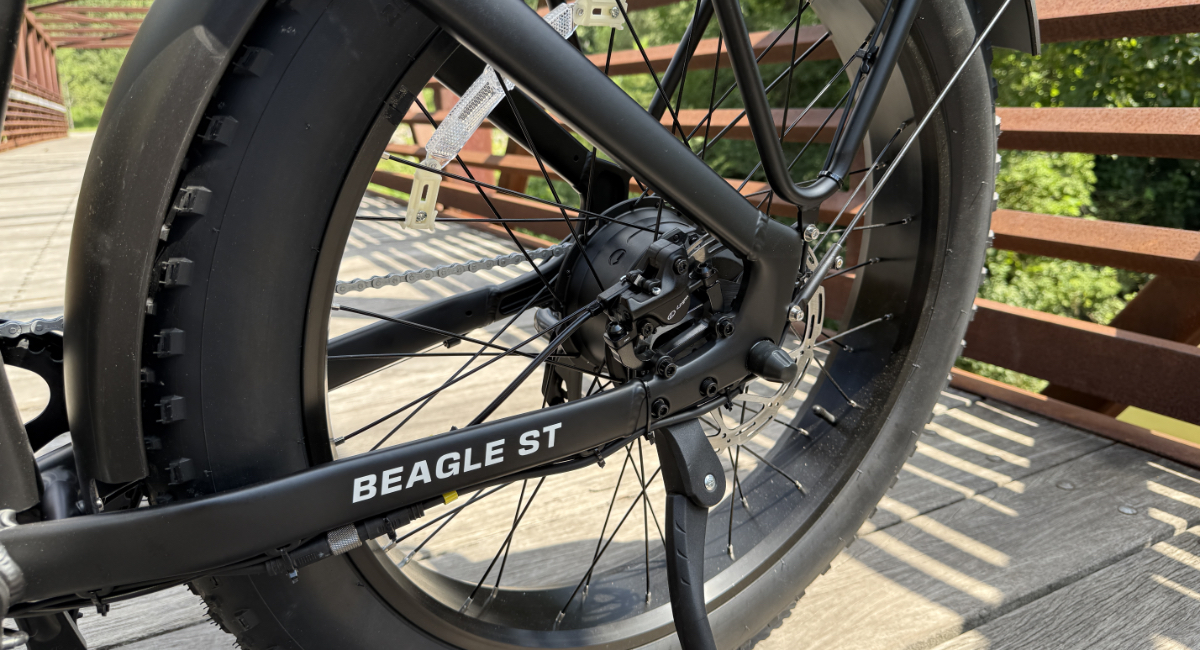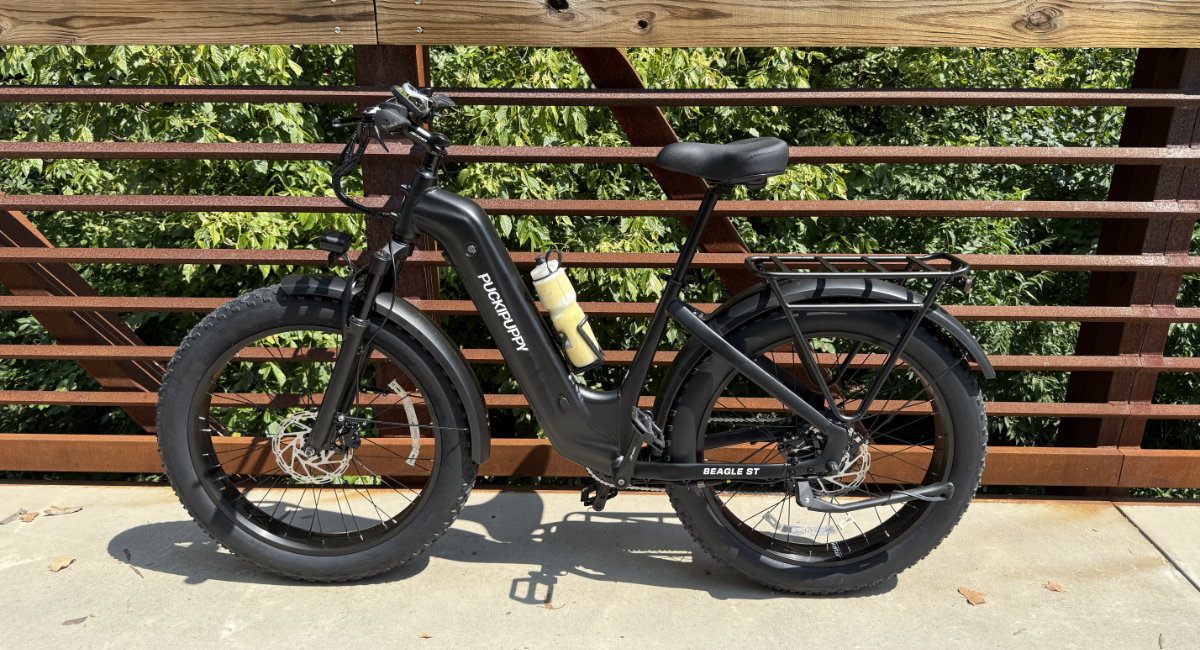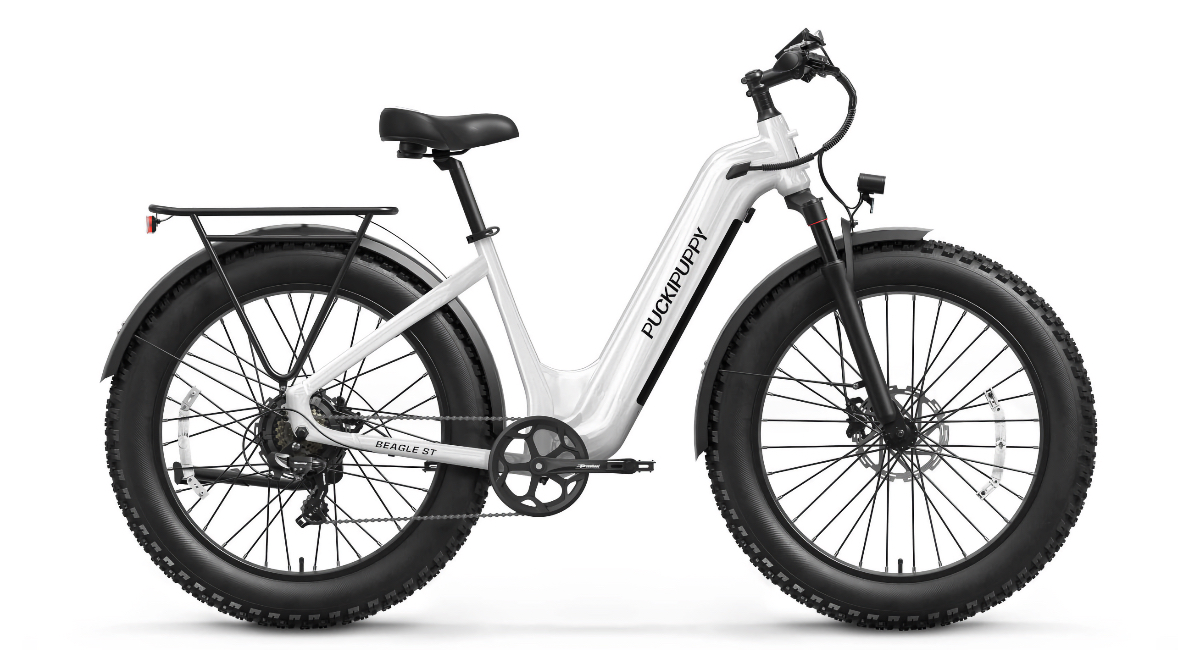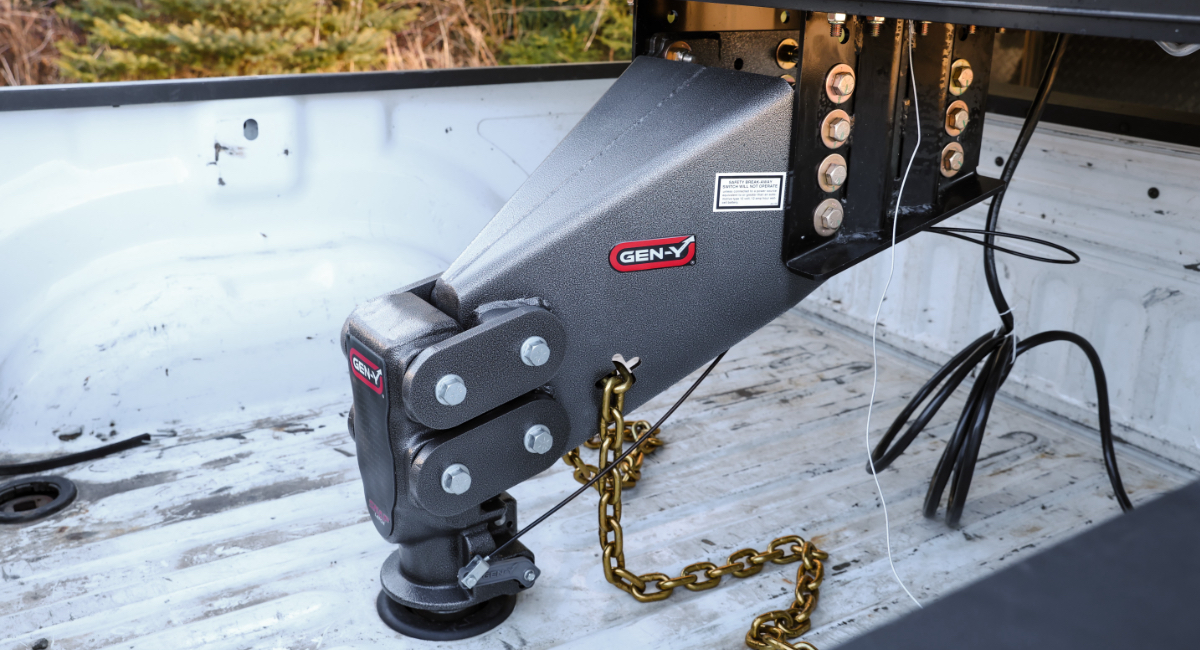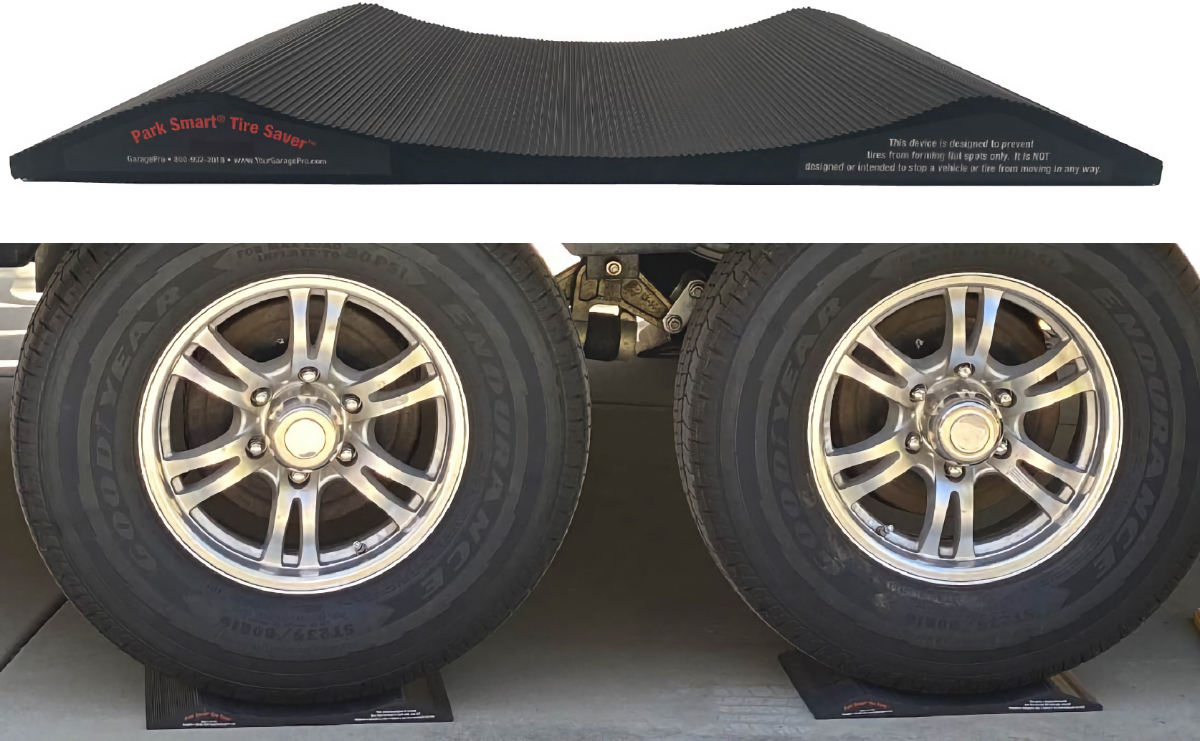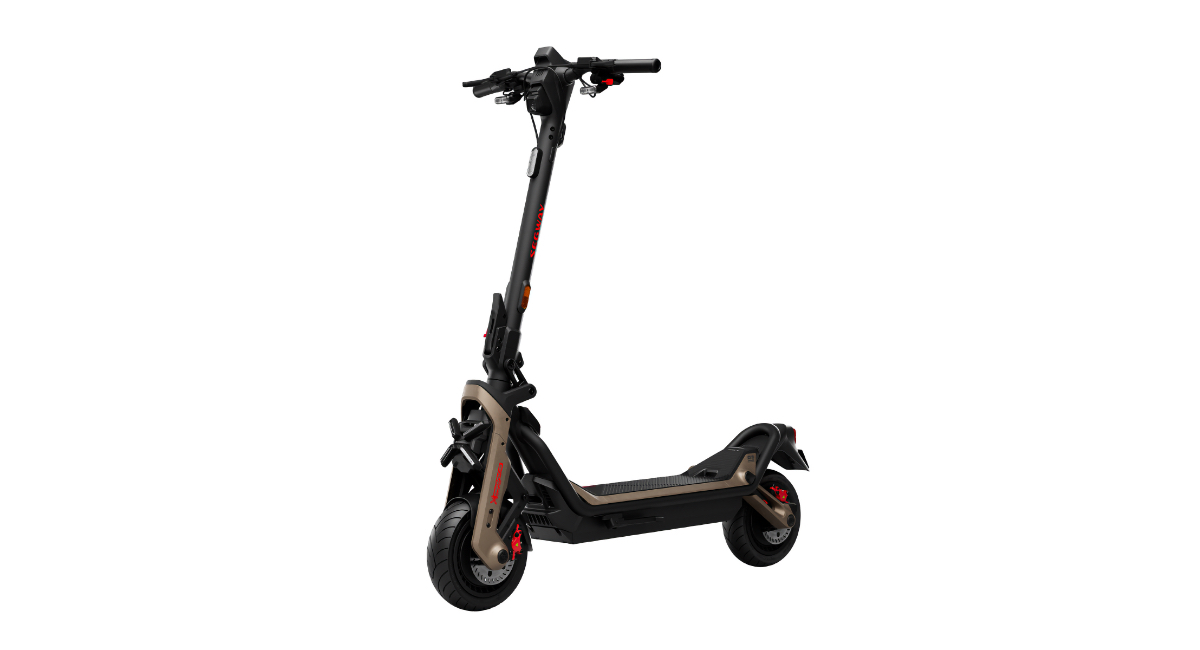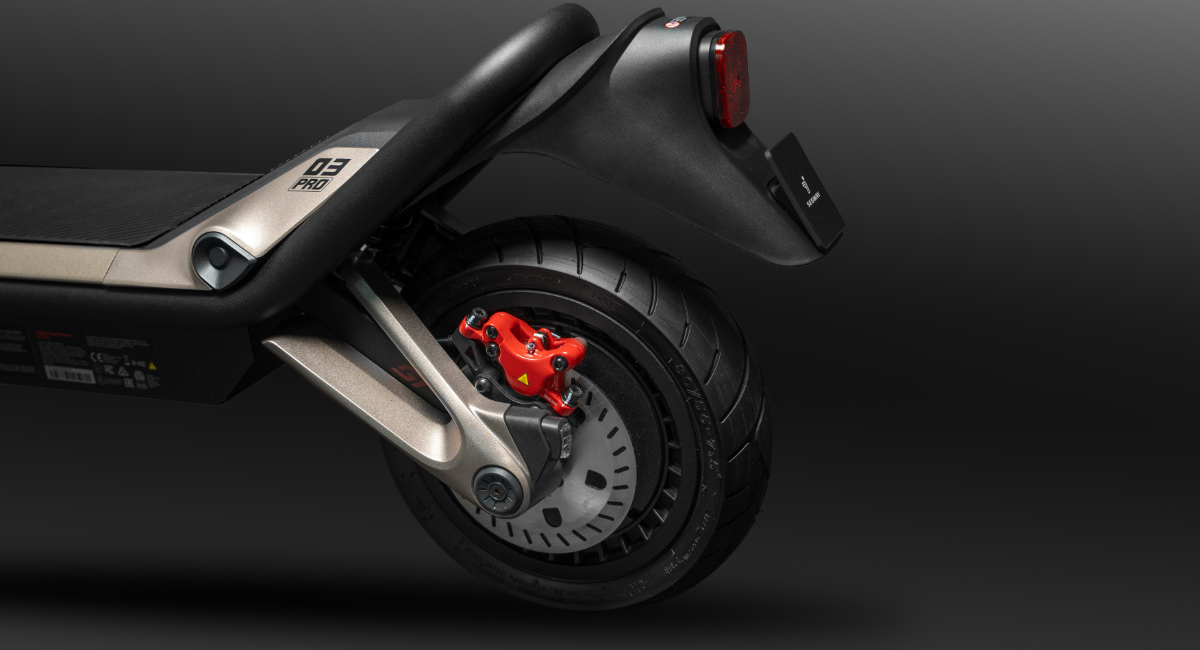A few months back, we reviewed the Segway Xafari, an e-bike we loved for its outstanding range and amazing tech features. Despite being on the heavy side, we felt the bike offered great value, delivering a well-rounded riding experience. Now, we’re back to take a look at the new Segway GT3 Pro SuperScooter, which shares a number of features with the Xafari, but in a different form factor. One that is still incredibly fun to ride, but probably isn’t for everyone.

Photo Credit: Kraig Becker
Impressive Range and Blazingly-Fast Speed
If you take a look at the GT3 Pro’s list of specs, there are probably two numbers that stand out. First, it has a range of up to 86 miles, which is amazing for any electric scooter. That number comes with a few caveats, of course. For instance, the weight of the rider, how hilly the terrain is, and which mode you ride in will all have an impact on range. But after extensive testing, we can safely say that you can definitely approach that 86-mile number. As a taller, larger rider, I was able to get well in excess of 65+ miles on a single charge, even riding up and down steep hills and over rough surfaces.
The other number that will quickly pop out is the GT3 Pro’s top speed. The scooter’s dual motors can propel it along at up to 50 MPH. Yep, you read that right, Segway’s latest mobility device can go fast enough to get you a speeding ticket if you’re not careful. That said, I’ll have to take their word on it, because during my test rides I never took it above 30 MPH, which was plenty fast when standing on a small platform and riding on a residential road. If you want to go any faster than that, I’d suggest doing it in a wide-open space, far from traffic or any other hazards. You’ll also want to wear a helmet at any speed.
The GT3 Pro has three ride modes, which dictate just how fast you can go. In Eco mode, you’ll top out at 16 MPH, while Sport doubles that number to 32. You’ll need to enter Race mode to access anything faster than that. As you would expect, battery life—which dictates range— decreases as speed increases, although even in Race mode you can still expect up to 34 miles of riding distance, which is impressive in and of itself.
It should be noted that the GT3 Pro also includes a Walk mode, which makes it much easier to move around while on foot. As with e-bikes and other scooters that include this feature, owners can use the throttle to provide a little extra assist when moving the unit without riding. It is a much appreciated addition considering this model’s hefty weight.

Photo Credit: Kraig Becker
Smooth Acceleration, Control, and Ride
Acceleration is quick and smooth across all modes, which comes in handy when setting off from a standstill. A special Boost mode allows the scooter to go from 0-30 MPH in just 3.9 seconds, although the standard settings were fast enough that we rarely needed to use that option. A twist throttle mounted on the handlebars provided complete control, making it easy to select the speed you want to cruise along at. Dialing in the exact number takes a little practice, but it became second nature after just one ride.
Controlling the Segway GT3 Pro is surprisingly easy, as the scooter is maneuverable and easy to handle, despite its weight (more on that later). We had no problems taking it in and out of tight turns, flowing through pedestrian traffic, or along neighborhood streets. Its quick acceleration and rapid speeds help in this area, too, allowing riders to easily move around obstacles with confidence and poise. Front and rear hydraulic disc brakes play a role in maintaining control as well, smoothly bringing the scooter to a stop , without ever feeling overly aggressive or harsh. As with many things on the GT3 Pro, the braking system can be adjust to allow for more or less coasting time.
One of the many ways in which the GT3 Pro stands out from the competition is its ability to climb hills. While most electric scooters can handle an incline, they tend to quickly run out of momentum when faced with a longer and steeper climb. Segway says their scooter can tackle grades of up to 38%, which is incredibly steep. All I know is that during our testing, it scampered up a number of hills, barely losing speed in the process. That bodes well for owners, who won’t have to push the heavy GT3 Pro to the top of a slope, provided they still have some charge left in the battery.
The scooter’s suspension system is another standout feature, not only providing riders with a smooth ride across a variety of terrains, but also offering a measure of customizability. The firmness can be adjusted across 15 levels of stiffness, allowing you to dial in the exact settings you want or need. And since the GT3 Pro comes with rugged 11” self-sealing tires, you can take this e-scooter places you wouldn’t go with others. During our testing, we rode on city streets, greenways, gravel roads, and dirt trails, all without missing a beat. That alone puts this model in a class pretty much by itself, as we haven’t seen a scooter that can match its versatility, durability, and features.

Photo Credit: Kraig Becker
Tech Features Galore
If an off-road capable suspension, precision steering, a frighteningly fast top speed, and the ability to climb hills aren’t enough to sell you on the Segway GT3 Pro, perhaps its long list of other features will do the trick. For instance, the scooter comes with a lighting system that includes turn signals, a rear brake light, and a headlight with adjustable brightness settings. Its electronic horn is also loud and attention-grabbing, which is handy when encountering traffic. A clear, bright, and easy-to-read 2.4” TFT color screen displays ride metrics, like speed, distance ridden, current battery level, and more. It can also show real-time navigation prompts for turn-by-turn directions to a destination, and will even show alerts of incoming phone calls.
Pairing the GT3 Pro with the Segway Mobility app puts even more features and controls at an owner’s fingertips. For instance, users can adjust the top speed settings for Eco, Sport, and Race modes, lowering the standard 16 MPH, 32 MPH, and 50 MPH defaults for safety purposes. The app also allows owners to schedule charging times, lock the scooter to prevent theft, and upgrade the current firmware. You can also access the navigation features for turn-by-turn directions, but as with the Xafari e-bike, this feature still feels like it needs a bit of fine-tuning.
Other nice touches include the ability to add the GT3 Pro to the Apple Find My network for tracking the device’s location and using the Segway Airlock system to automatically unlock the unit as you approach. The scooter can send alerts if anyone tries to move it without your permission, and includes other quality-of-life features like cruise control and a headlight that turns itself on or off based on current lighting conditions. It even has fast-charging capabilities that fully recharge the battery in about eight hours, which is fairly quick considering the size of the power cells.

Photo Credit: Segway
So, What’s the Catch?
If you’ve made it this far into the review, you’re probably thinking that the Segway GT3 Pro sounds pretty great, and you would be right. This is an amazing electric scooter that took an impressive amount of engineering to get everything to come together so well. But, as with most things in life, there are a few caveats to be aware of, most notably the scooter’s weight and price.
Like the Segway Xafari e-bike, we love everything the GT3 Pro brings to the table, except for its weight. The scooter tips the scales at an eye-watering 117 lbs, which takes away much of its utility in the RV space. Seriously, this thing is heavy and very ponderous to move around. Walk mode does help mitigate those challenges to a degree, but you’ll certainly need a helping hand loading and unloading the scooter from your rig’s cargo area.
The other issue with the GT3 Pro is its $2699 price tag. That puts it out of reach for most of us, moving it squarely into the “scooter enthusiast” category. Most buyers are looking to spend a fraction of that price on a scooter they just want to use for zipping around the campground. That said, this model can do so much more than that; it is almost overkill for just basic riding.
To be fair, Segway is well aware of this, which is why the GT3 Pro has the term “pro” right in its name. It truly is unlike any other scooter on the market, combining agility, speed, tech features, and rugged build quality in a way that it almost seems wrong to call it a scooter. Still, at its heart, that’s exactly what it is, and the target audience is going to absolutely love it. Is $2700 too much for a personal mobility device like this one? For many, the answer will almost certainly be yes. But those who can take advantage of the performance that the GT3 Pro offers are definitely in for one hell of a fun ride.

Photo Credit: Segway
A New Standard for E-Scooter Excellence
Having tested the GT3 Pro extensively, I can honestly say that it is one impressive piece of engineering. Having put it through its paces and witnessed the performance it offers, I can understand why its weight and price are what they are. Segway has delivered a new high-water mark in personal mobility and set impossibly high standards for any other electric scooter to shoot for.
Is this model for everyone? Certainly not. But, as already noted, those who are in the market for a scooter of this kind will not be disappointed. In fact, I’ll venture to guess they’ll be delighted with everything the GT3 Pro brings to the table, including its ability to go further and faster than anything else out there.
To find out more about the Segway GT3 Pro SuperScooter, visit the company’s website.
The post Segway GT3 Pro SuperScooter Review: Fast, Furious, Fun appeared first on RV.com.
